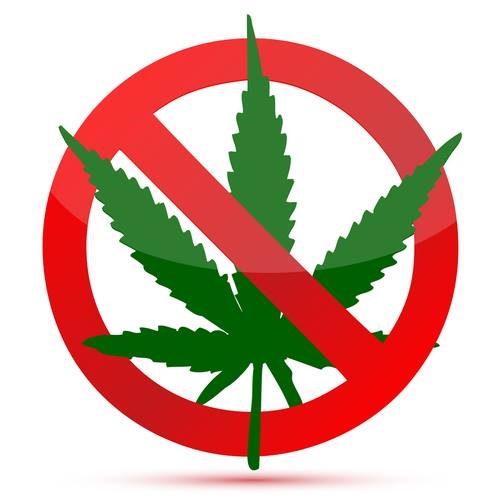Evidence that medical marijuana outlets sell to users without medical need
/COLUMBUS, Ohio – A study of four medical marijuana outlets in California suggests that many of their customers don’t fit the profile expected for businesses focused on sick patients.
Researchers found that some of the dispensaries attracted many customers outside of their immediate area and appeared to target specific ethnic, gender and/or age groups.
None of that would be expected if these outlets serviced only people with medical needs, according to the researchers.
“There are only so many potential medical marijuana users out there. At some point some of these businesses get creative and try to find ways to build their business,” said Bridget Freisthler, co-author of the study and professor of social work at The Ohio State University.
If they were truly selling only for medical purposes, these marijuana dispensaries should be acting much like pharmacies, Freisthler said.
Bridget Freisthler
“Pharmacies attract people who live in the neighborhood or maybe work nearby. If you need a prescription, you’re not going to go across town to fill it – you’re going to go to the pharmacy closest to where you live. That’s what we should be seeing with medical marijuana dispensaries.”
Instead, these dispensaries are acting more like bars, which develop niche markets like sports bars or biker bars, she said.
“From a public health standpoint, it is concerning. While there has been speculation that medical dispensaries target recreational users, now we are starting to collect evidence that suggests this is true,” she said.
Freisthler conducted the study with Alexis Cooke and Elycia Mulholland of the University of California, Los Angeles. Their results appear online in the journal Substance Use & Misuse.
The researchers conducted exit surveys at four dispensaries in Long Beach when California allowed marijuana sales only for medical purposes. A total of 132 patients (33 per dispensary) were interviewed.
This was a pilot study for a larger research project that will examine the customers of 16 dispensaries in Los Angeles.
The researchers wanted to find out whether the customers of the dispensaries matched the residents who lived near the clinic.
Results showed significant differences.
The average customer lived between about two to six miles away from the outlet, which was farther than expected if the dispensaries were serving local residents, Freisthler said.
“In the L.A. area, six miles is a long way. With traffic it could take 20 minutes to a half-hour at some times of the day,” she explained.
One of the four outlets had patients who were significantly younger than the local population, and three of the four had more male customers than expected and a different mix of race and ethnicity.
If the dispensaries’ customers were truly coming for medical purposes, they should be older than the study found, she said. The average age of customers was 28 to 32.
“In our study, we found that race and ethnicity may be one of the key ways that dispensaries target potential customers,” she said.
For example, 48 percent of the customers at one outlet were black, although only 17 percent of the local residents were.
How do these outlets target specific types of customers?
Although it was outside the scope of this study to document the tactics used by dispensaries, Freisthler said interviews with customers did give some clues.
One outlet, for example, was well-known for a specific product: a snack mix of cereals, chips, hard breadsticks, pretzels and other ingredients that were baked with cannabis-infused butter.
“Many of the people interviewed said they went to that particular dispensary just for that product,” she said.
Some clinics may try to specialize in treating specific conditions. While “chronic pain” was the leading medical condition treated at three of the clinics, one clinic had most of its patients seeking help with anxiety.
Overall, the results suggest policymakers should be careful when legalizing medical marijuana sales, Freisthler said.
“Even if they are legally limited to selling for medical purposes, we found dispensaries appear to be marketing to a non-medical population.”



